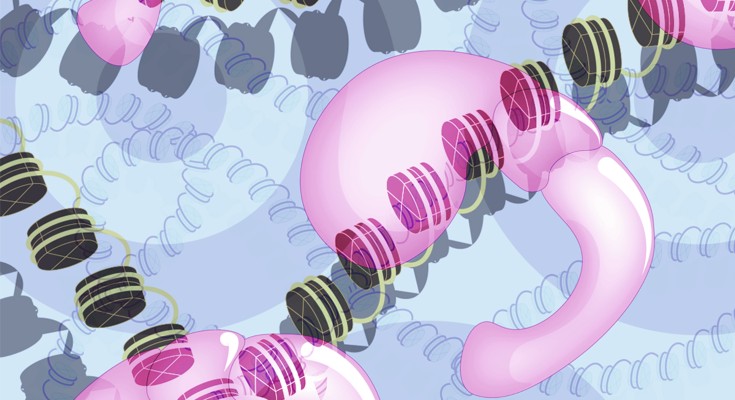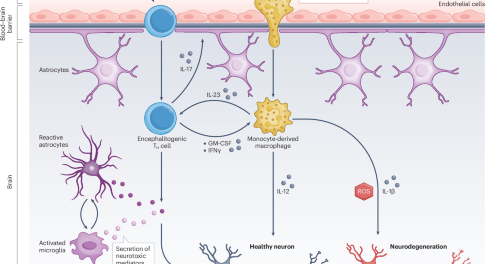
Chromatin remodellers as therapeutic targets
This Review in the September issue discusses opportunities and strategies to target SWI/SNF chromatin remodelling complexes for cancer therapy and other applications

This Review in the September issue discusses opportunities and strategies to target SWI/SNF chromatin remodelling complexes for cancer therapy and other applications


Dysregulated cytokine networks are important in the pathogenesis of neuroinflammation. This Review discusses targeting cytokines and their receptors in non-infectious central nervous system inflammatory diseases such as multiple sclerosis and neurosarcoidosis, as well as in the neurotoxic adverse events that can be triggered by cancer immunotherapy.
